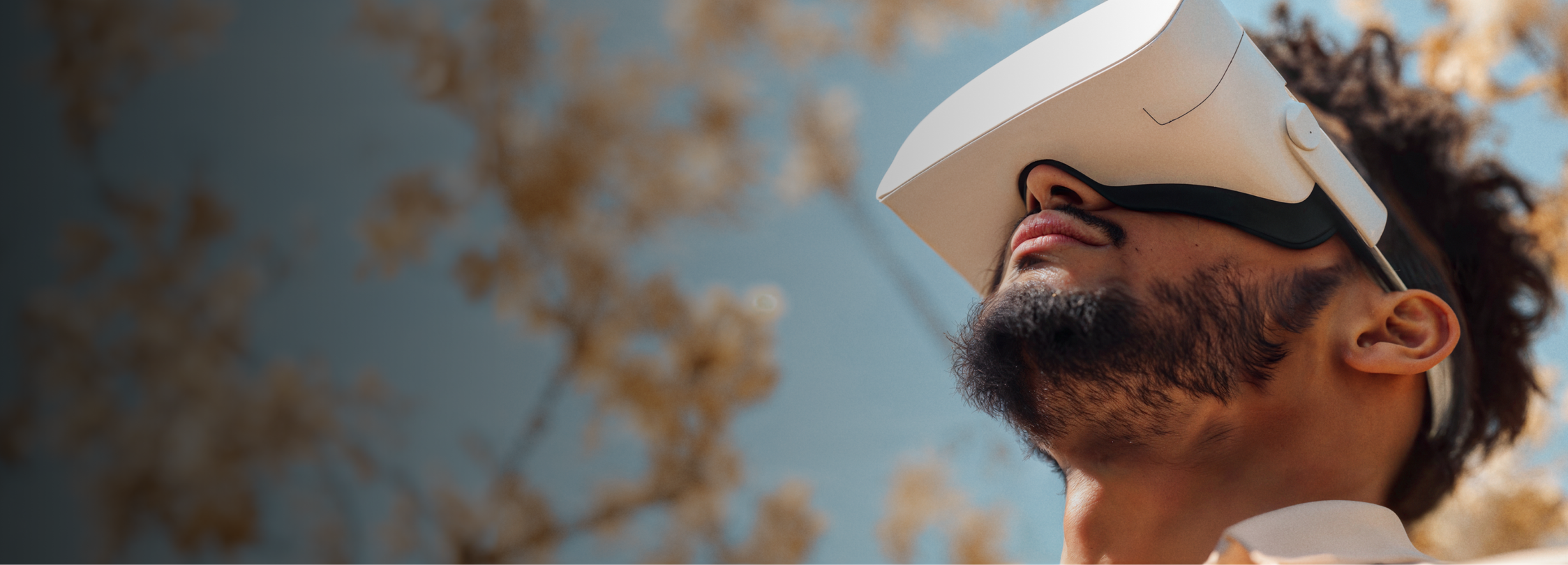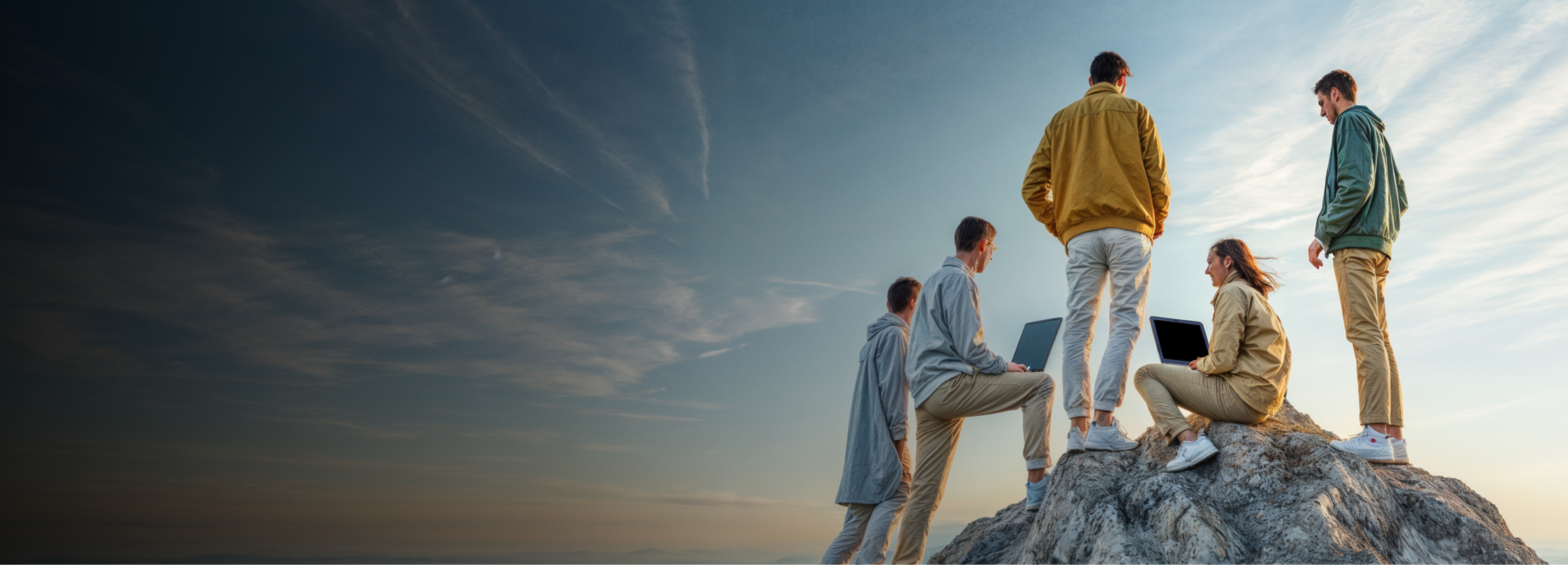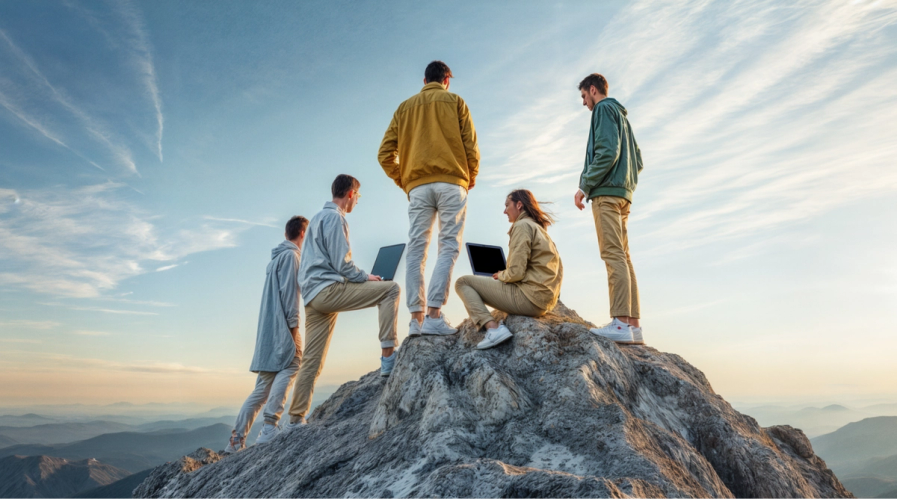
The Impact of 3D Motion Design and Next-Level AI Animation Techniques
Published 3 May, 2024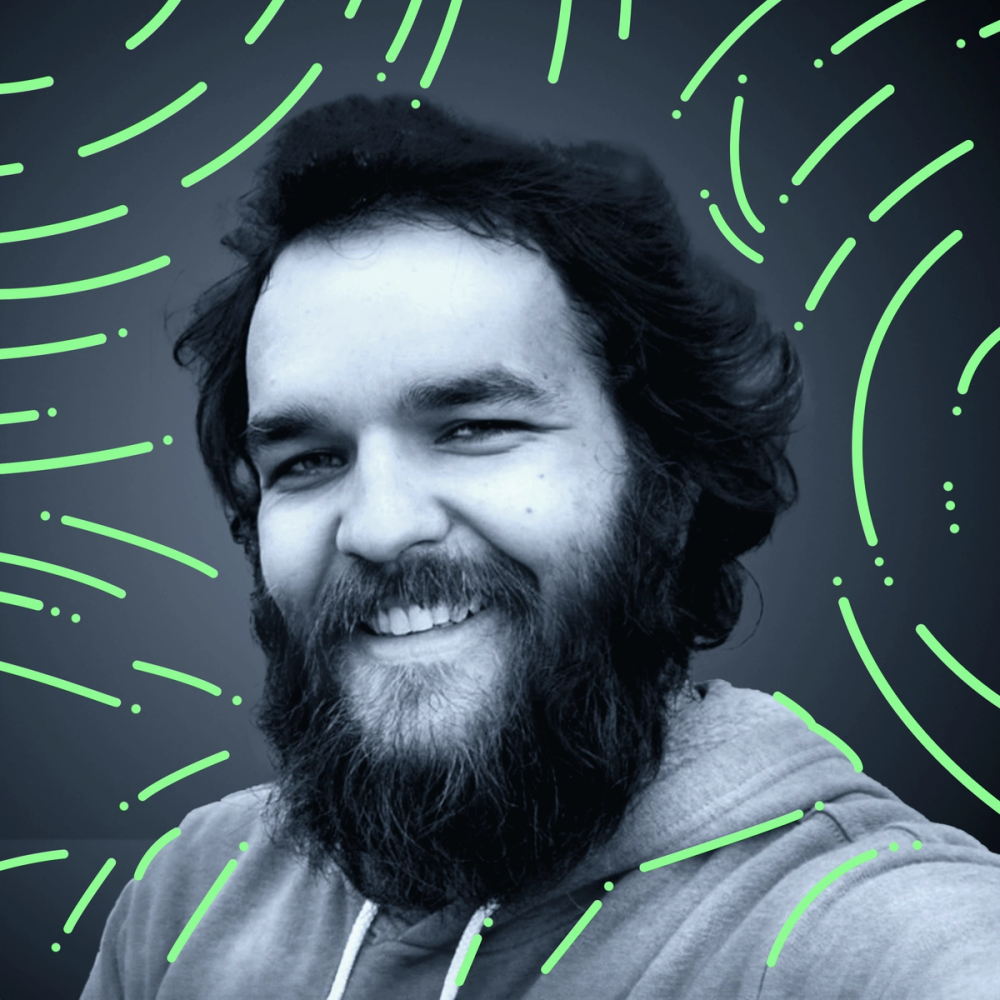
3D motion design is time- and labor-intensive, but it makes all the difference in advertising campaigns. With the right tools, a little help from AI and the right design partner, you can build multidimensional creative assets for memorable, immersive experiences.
Would you want your advertising campaign to be described as “flat?”
Too many brands still rely exclusively on illustrations, 2D animations, and stock pictures for ad creative. There’s nothing wrong with these methods, except that they don’t really stand out. They’re flat.
3D motion design is a surefire way to make your campaign the highlight of your ideal customer’s social feeds, especially if you pair these assets with augmented reality (AR).
But how do you even start creating these assets? And how can AI help?
Let’s dive in.
What is 3D Motion Design?
Whenever you see a three-dimensional, computer-generated object moving through space—whether that space is itself real or computer-generated—you’re dealing with 3D motion design. This kind of animation is used in all sorts of advertising and marketing, from billboards in Times Square to ads on Instagram.
Why 3D motion and AR need each other
Many newer advertising formats that are growing in popularity, like augmented reality(AR) filters used by Superside customer 6sense depend almost exclusively on 3D motion design.
How are 3D motion designs created?
Creating visuals with 3D motion design involves a number of skills, and can be a time-intensive process from sketching and sculpting to texturing and shading and rendering.
The images below show the sketching, modeling and texturing and shading phases.

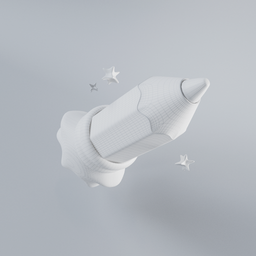
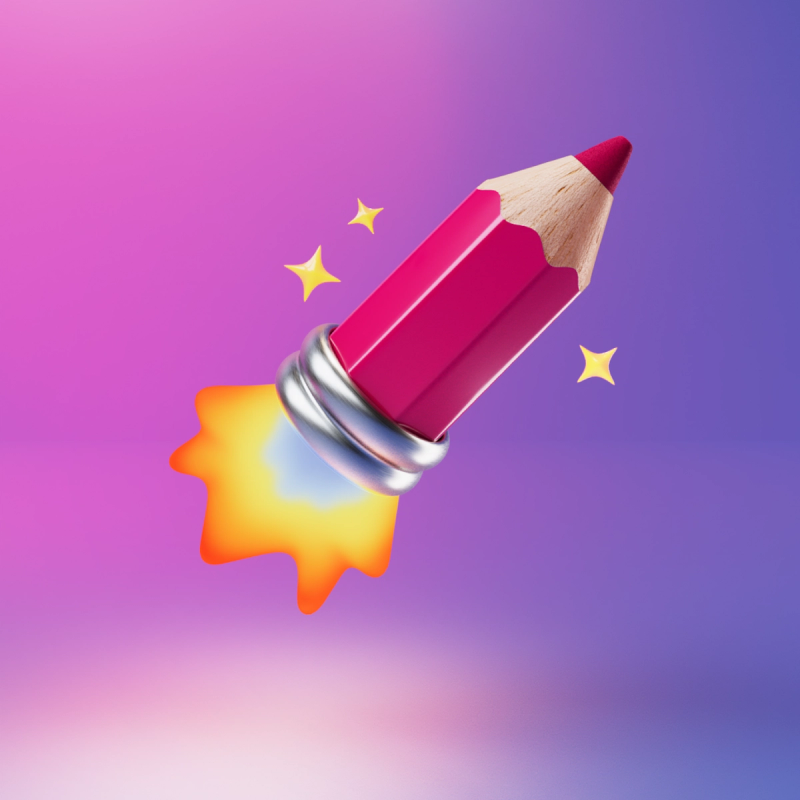
Actually animating that model involves additional work, namely rigging it for animation (giving it a sort of “skeleton” that can be manipulated) and doing the actual animating. The end result is a dynamic motion graphic that can be used in all sorts of advertising campaigns.
How is 3D motion design different from 2D animation?
In 2D animation, characters and objects are drawn frame-by-frame to simulate movement. That means if you wanted to make a two-dimensional character walk, you’d have to draw a ton of frames for each step, with very slight changes to simulate movement each time. You can use software (or AI) to streamline this process instead of hand-drawing each frame. Depth can be simulated to create an illusion of three-dimensional space, but the actual graphic is flat.
3D motion design actually places a 3D object in a 3D space. It still needs to be animated frame-by-frame, but instead of re-drawing each frame, an animator moves the same 3D object to animate it. On top of that, the depth perceived in the final animation is real, since the model exists in 3D space.
The Benefits of 3D Motion Design for Marketing and Advertising
3D motion design should have a place in every campaign. Not only does it let you create more full-fledged campaigns, but it can also create completely new immersive experiences for your customers.
It stands out
When your competition is using flat illustrations or animations for their ads, having slick 3D motion graphics can make you stand out from the pack. Imagine you’re scrolling through a social media feed. What’s more likely to catch your attention? An illustration of cookie-cutter characters at a laptop or a motion graphic of that same laptop soaring through space in an explosion of color?
It’s cheaper than some traditional methods
Surprisingly, using 3D motion graphics can actually save you money. 3D virtual photography—in which you create and post 3D models for digital photos—can be six times cheaper than traditional product photography, according to data from Modelry. To put that in actual numbers, it means paying $2,000 for a five-product shoot instead of $11,076!
It leads to better conversion rates
According to data from Shopify, products that feature 3D and AR content in their marketing have a 94% higher conversion rate after interaction than those that don’t. In industries where you’re competing aggressively for attention to get conversions—like e-commerce—3D motion graphics can turn a flagging product into a superstar.
It unlocks new advertising formats, like AR
Some formats—like AR—are only accessible with 3D motion graphics. That means having someone on your team who can make this kind of creative can lead to more complete campaigns and give you access to an audience you’d otherwise have no way to reach.
Where Can 3D Motion Design be Used for Marketing and Advertising Creative?
3D motion design can be used in digital ads of any kind from programmatic display and banner ads to social media campaigns. It even adds flair to digital out-of-home ads, including billboards.
Product and data visualization can be enhanced with 3D motion animation effects as can product, brand and explainer videos.
However, 3D motion design is gaining a lot of attention as a creative format that enables and enhances AR experiences.
Common Challenges of 3D Motion Design in Advertising
While this format has some killer advantages, it does have some challenges that first-timers should keep in mind.
It takes time
Many advertising methods have well-known shortcuts to cut down on the time between initial ideation and final delivery. For example, the widespread adoption of generative AI has made creating copy for paid ads a breeze, meaning you only need a copywriter to briefly review copy you’ve generated yourself instead of having them write it from scratch.
Similar shortcuts aren’t as obvious for 3D work. Unless you already have an expert on the team who’s spent years honing their craft, you’ll be looking at significant delivery times for any assets relying on 3D motion design.
It’s resource-intensive
You need significant resources to create 3D motion design assets, there’s just no getting around it. From dedicated software to the powerful computers needed to run that software, this kind of asset needs resources no other format does. If you’re looking to kickstart a 3D motion design product arm for your marketing team, you’ll need to make a strong investment.
You need talented 3D motion designers
Anyone can pop into a tool like Canva and use premade templates to create serviceable graphics. The same can’t be said for building a 3D model, texturing it, and animating it. While a skilled designer can learn how to do this with enough time, having a dedicated 3D artist on your team is essential for getting the most bang for your buck. For some teams, having just one expert in this field is a luxury. Others, can’t get enough to meet the marketing team’s demand.
How AI Can Enhance Animation Techniques for 3D Motion Design
AI thankfully didn’t put thousands of people out of work, but it’s still a huge asset for creative workflows when it’s used effectively. Motion design is no exception, though you’ll be hard-pressed to find a tool that does it all with just a single prompt. AI’s usefulness for making these assets is more in streamlining other aspects of your creative workflow, saving time and effort that can be put towards the final assets.
Here are some ways AI can streamline and further perfect the workflows involved in 3D motion design.
- Ideation and brainstorming: AI tools are great for quickly generating ideas, previsualizations, and other essential elements of pre-production. That means your 3D artists can hit the ground running much faster.
- Animation assistant: While AI tools can’t reliably generate a whole animation, they can be used for some parts of animating your 3D model, like filling in frames between manually animated ones.
- Motion capture enhancement: Motion capture is already a great tool for streamlining the animation process, especially when humanoid characters are involved. AI can help accelerate motion capture analysis and refine the resulting models.
- Quality control: Manually checking frames for mistakes or watching for clipping issues is time-consuming. The right AI platform can automate this process, getting you from “almost final” to “final” version in less time.
How Superside Created Breakthrough 3D Motion Designs for X1 Inc., Marqeta and 6sense
3D motion graphics won’t just make your campaign stand out, they’ll completely change how you interact with your customers. Curious to see what that looks like in practice? Check out just a few of our customers and the stunning 3D assets they received.
X1 Inc.
A premium credit card needs a premium campaign and that’s exactly what X1 Inc. got. Part product visualization, part explainer and 100% engaging, the full 3D animation delivered in only 11 days, became the core of a 30-sec national TV ad, streaming platform ads and digital ads.
Marqeta
Superside helped payment software provider Marqeta take over Times Square—pulling together epic billboard designs and bringing them to the crossroads of the world in five days.
6sense
The AI-powered ABM platform 6sense engaged everyone's sense of imagination at their annual conference with an interactive guidebook that literally popped out of the viewers' screens. The entire AR experience, which showed the brand's commitment to innovation, was completed in three weeks.
Put 3D Motion in Motion for You
You can immerse yourself in 3D and AR and leverage the latest AI design advances. And you don't have to do it alone or go through extensive hiring and upskilling.
Superside has built a global team of top design talent, including 3D and AR designers. And, we've also assembled a world-class AI design team to help power the impact and efficiency of your design projects.
An extension of your team, your dedicated project manager works with you, assembling the right talent and guiding your projects from start to finish.
Book a call to learn more about our comprehensive creative services and convenient subscription pricing.
Nick is a Content Writer and Strategist specializing in long-form marketing content and turning SEO traffic into paying customers. He's well-versed in the technology industry and pulls from his experience as a marketer who's worked closely with many creatives to craft content for Superside. Two truths and a lie: He's been a professional wrestler, writes on a blue typewriter and reads 100 books a year.










